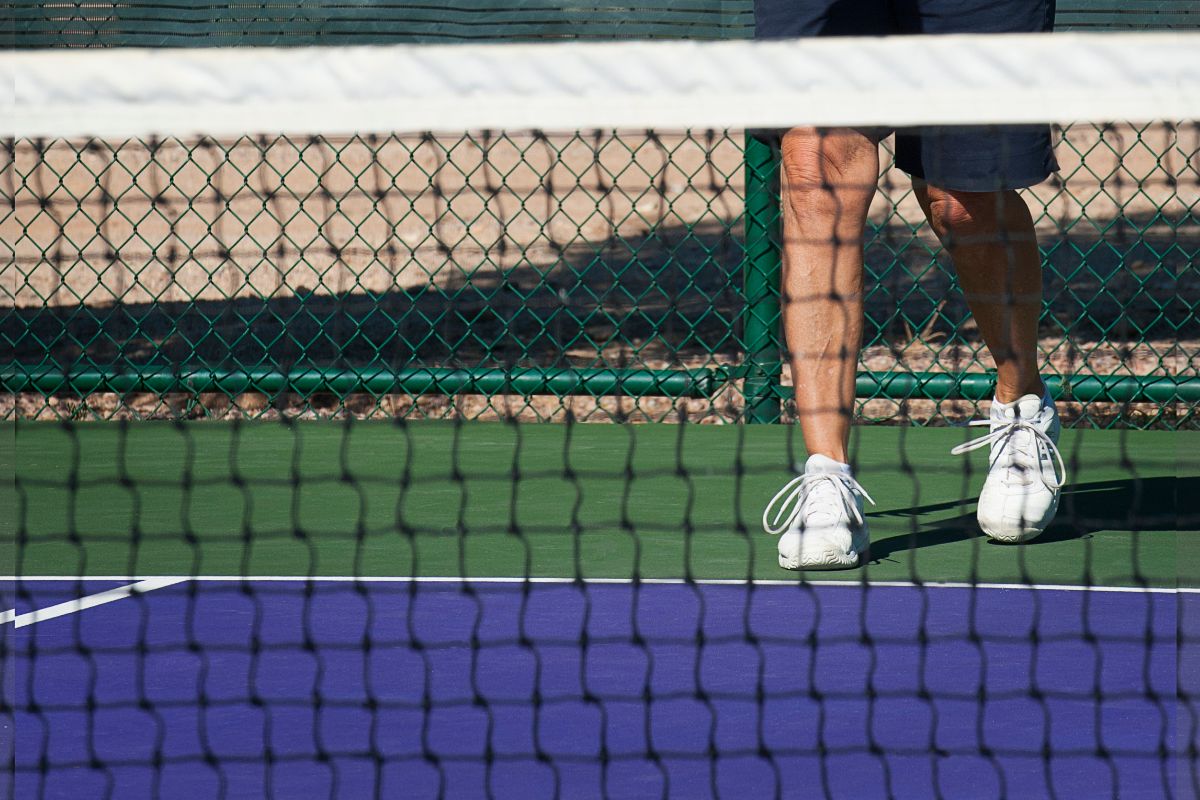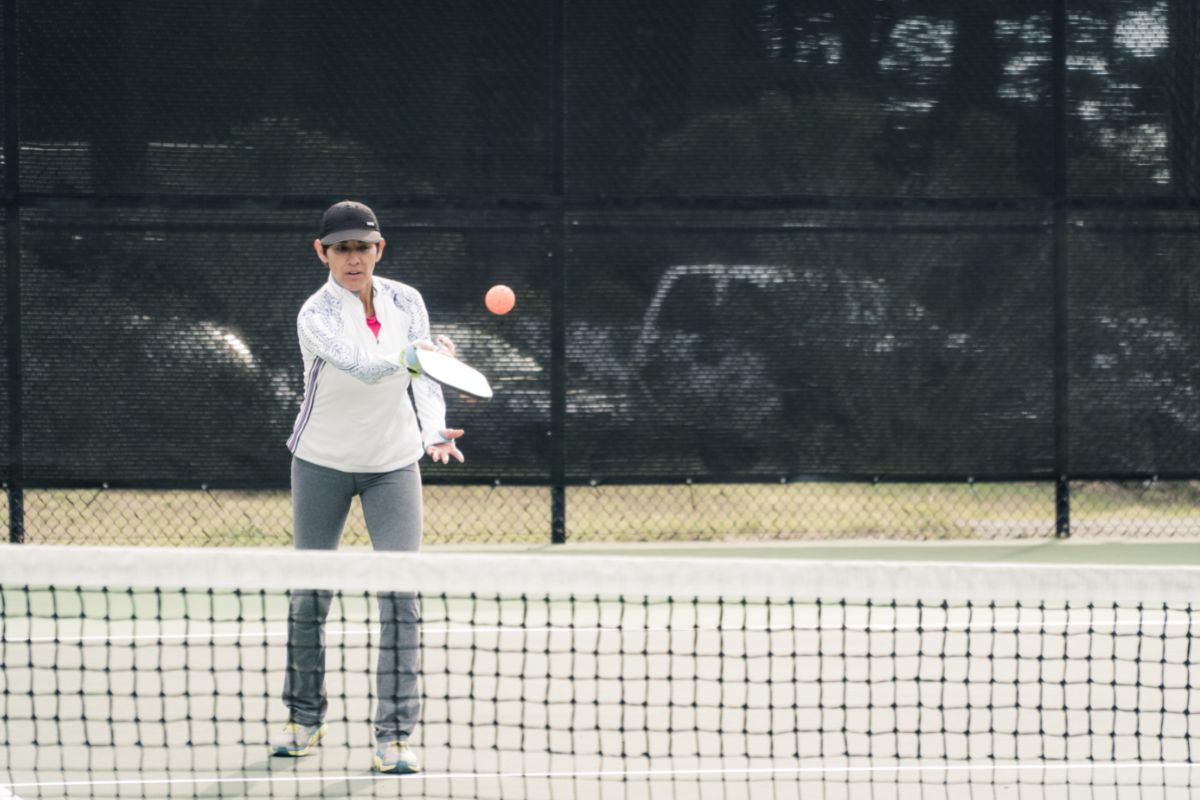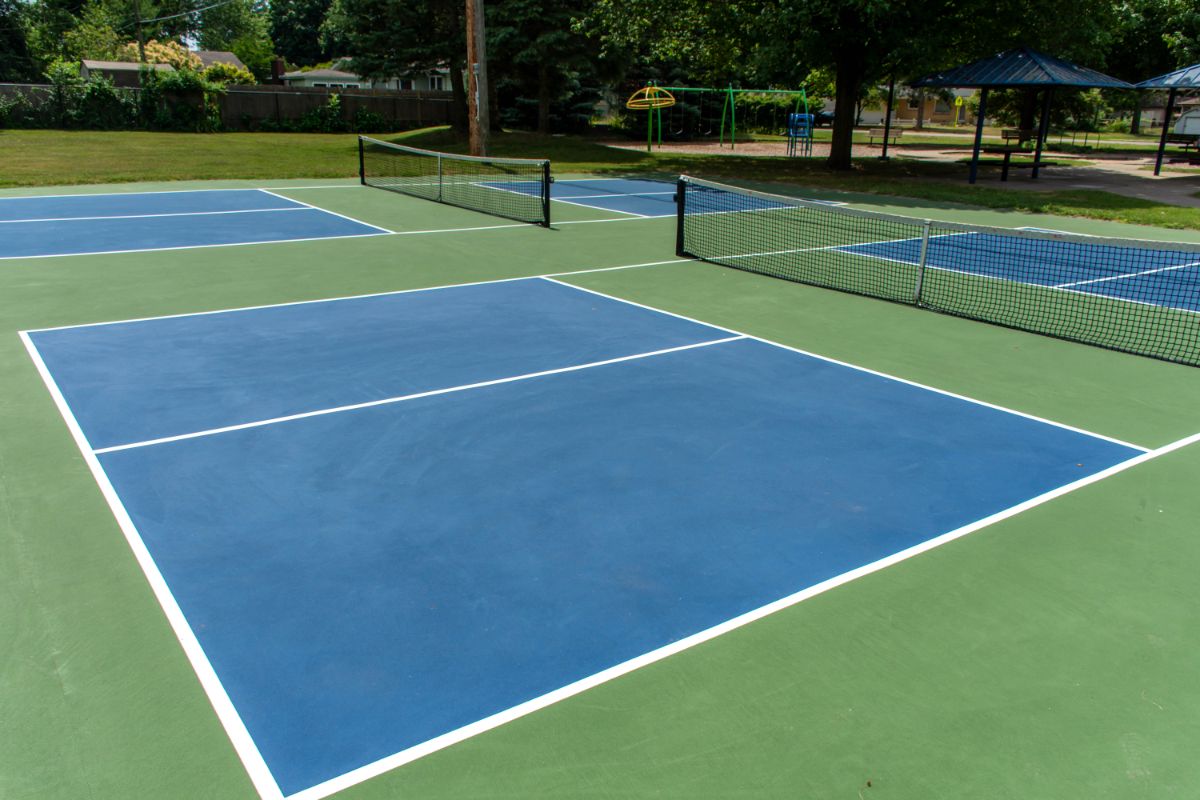Pickleball is a widely popular sport that is now played all throughout the United States – although it is perhaps more popular in Washington, the state where it was invented, and where it is now considered an official state sport.

However, despite this widespread popularity, there are many people who are not familiar with the rules. But what exactly are the rules of pickleball, and what penalties are in place when those said rules are broken?
Can You Cross The Line During Serving?
While many of the rules of pickleball are based around ensuring maximum fun and healthy competition, the few rules that exist are still observed keenly.
One notable rule revolves around the central line, and whether or not you are allowed to cross over into the non-volley zone during a serve. Well, the short answer to this question is no.
When taking a serve in pickleball, both feet, and your entire body to boot, must remain behind the baseline until after your service is complete. This is just to instill a sense of fairness into the game, and to make sure that no player has an unfair advantage over another.
Are There Other Serving Rules In Pickleball?
Perhaps unsurprisingly, it is surrounding the act of serving where most of the rules reside. This is because serving is a big part of pickleball, and aside from returning and volleying, it is arguably the most important part – as this starts the particular point of the match.
But what other serving rules are there?
You Must Serve Diagonally
When it comes to serving, you must also serve diagonally across the pickleball court. This is similar to doubles tennis, and is more conducive to the swing of a human arm, than trying to hit it directly ahead of yourself.
Serve Until You Reach A Fault
In pickleball, all players can continue to take turns serving until they reach a fault or commit an indiscretion. This is unlike tennis and badminton – wherein players take it in turns – and in pickleball, the server gets to continue serving while they are doing it correctly (Check out Is Pickleball Easier Than Tennis?).
Once they make a mistake, the turn ends and the opposing player has a chance to serve.
The Score Affects The Serving Position
That’s right – where you are allowed to serve from in pickleball depends on your current score. This might sound confusing, but let us explain. Regardless of where you played on your last serve, the player on the right hand side of the court always takes the serve.
When you are playing singles pickleball, you serve from the right hand side of the court if you have an even score, and from the left hand side of the court if you have an odd score.
Alternating Sides For Each Serve
While the player on a particular team can continue serving until they make a fault, they must alternate between the left and right sides each time they do so.
This means that the first side is from the right side, the second from the left side, and the third serve from the right side again. This continues until the server makes a fault and the serving rights switch to the other team.
Serving Team Calls Score Before Each Serve

This is another odd rule, but one that keeps things fair and ensures each player literally knows what the score is during play.
This is because pickleball can move quickly, and servers switch sides – and as such during play things can become quite confusing, and scores can likewise be lost or distorted.
Calling out the scores is a good way of keeping everyone informed, and keeping the game fair and honest.
There Are No Second Chances
During pickleball, there used to be a shot called a ‘let serve’ – which was where the ball hit the net and bounced back into the server’s side of the court.
Once upon a time this used to be the only time when the server could have another shot at serving – however, since 2021, this is no longer the case, and now a let serve counts as a fault on behalf of the server and their team.
What About Double Serving Rules?
As you might imagine, there are also specific serving rules for doubles pickleball matches.
Both Players Have A Turn
When the service passes to a respective team, both players have a chance of serving before the ball is passed to the other team to serve.
This is in contrast with singles pickleball, wherein the player alternates which side of the court they serve from – and just makes more sense when there are four people on the court.
But Not In The First Serve
However, this is not the case for the first serve of the match, where only the player on the right hand side of the pickleball court is allowed to serve. Once the ball has been served and returned, any following serves can be alternated as per the rules.
Start From The Right
As we mentioned above, service always starts from the right hand side of the court, and this is non-negotiable – even when playing doubles. This means that players need to decide carefully before the game which one of them would prefer to go first at each turn of service.
This is especially true of people who have performance anxiety, or for whom service is not their strongest suit.
States Your Position Beforehand
Players should also state which server they are before they take the shot. This will consist of either the numbers ‘1’ or ‘2’, and this is just another way of keeping things honest, and ensuring everyone is playing by the rules and keeping things fair.
The number shouted will depend on who goes first in each service, and as such the numbers called can alternate in some cases.
Are There Penalties In Pickleball?
Like most sports, pickleball comes with its own rules and regulations – and there are several penalties for players who break the rules. These penalties include:
Change Of Service
If the rules broken are simply a penalty situation – known in pickleball as a ‘fault’ – then the rules state that there is simply a change of service from one team to the other. These are for general minor infractions – usually things that happen by accident.
Stop Of Play
However for more serious infractions, officiators could stop play altogether – something that can result in match forfeits.
Final Thoughts
And there we have it, everything you need to know about pickleball, and whether or not you are allowed to cross the line when you take a serve.
It’s true that pickleball has become a widely popular pastime in American culture, seeing particular increase in Washington, where it is considered an official state sport. However, to get the most out of any game, it is important to familiarize yourself with the rules beforehand.
So if you are looking for a new sport to take part in, then why not give pickleball a try? You certainly won’t be disappointed!
- What Kind Of Ball Is Used In Pickleball? - July 13, 2023
- How Much Does It Cost To Build A Pickleball Court? - July 11, 2023
- When Do New Pickleball Rules Take Effect? - July 8, 2023










